It’s been a hard year and a half of waiting for our PlayStation-less PC friends to finally be able to play Final Fantasy VII Remake, but it’s finally here. Final Fantasy VII Remake Intergrade is out as a PC port on the Epic Games Store, and lets players spend dozens of hours with Cloud and the gang again. As far as AAA games go, the game is undeniably gorgeous, but there are surprisingly few bells and whistles included in this port. And by “surprisingly few” I mean “pretty much none whatsoever”, but who’s counting?
Let’s take a look at the minimum and recommended specs.
MINIMUM
CPU: Intel Core i5-3330 / AMD FX-8350
GPU: GeForce GTX 780 / Radeon RX 480 (3GB VRAM)
RAM: 8 GB
RRECOMMENDED:
CPU: IntelCore i7-3770 / AMD Ryzen 3 3100
GPU: GeForce GTX 1080 / Radeon RX 5700 (8GB VRAM)
RAM: 12 GB
Obviously, Final Fantasy VII Remake Intergrade was originally a PS4 game, so it’s not all that demanding. Yes, this is a port of the PS5 game, but it’s far from difficult for your machine to run. As for how the port performs, it’s fantastic. I get a fairly constant 100+ frames per second, which makes this gorgeous game look even better. It does dip in certain larger or more populated areas, but seeing as the game is mostly made up of smaller areas, it should run pretty well for people across the board. In my time with this version of the game, I haven’t seen any hitches, glitches, crashes, freezes, or anything of the sort. It’s been pretty much perfect. As I said above, though, there isn’t really much room for tinkering if the game isn’t giving you the framerate you want. Let’s look at the graphics options.
You’ve got a choice between fullscreen, windowed, and borderless. It’s borderless by default too, so no changes are necessary. You can also set your desired framerate. Final Fantasy VII Remake Intergrade runs flawlessly at 120 fps for me, without any shenanigans whatsoever. You can also set the amount of displayed characters that are rendered at once, up to a maximum of 10. Plus HDR is included, which isn’t a surprise since it was in the PS4 version as well.
As you can see, though, texture and shadow resolution are really the only two graphics settings. I was quite surprised by this. I still am. What’s more, there are only two choices for each. You can either set them at high or low. The ‘High’ options are equivalent to the PS5 version, while ‘Low’ is akin to PS4 visuals. Unless you’re rocking some seriously underpowered hardware, you’re going to want to go for the PS5 ones. As you’d expect, the differences between the two are quite pronounced. Let’s take a look.
Even in these two sets of shots, it’s clear how big the difference is between the two. Look at the detail on the table in Aerith’s house in the top picture and compare it to the one below. You can also see a substantial difference in distant objects on the shelf. For the shadows, you can barely make out the shadows of the metal ladder in the low shadow shot. Even the puddle looks a lot worse. Now let’s look at the control options.
Final Fantasy VII Remake Intergrade has full mouse and keyboard support during gameplay. Both controllers and MK/B can also be fully remapped to whatever you desire. By default, the menu is bound to the M key, which is a bit odd, but it’s easy enough to rebind. The game is perfectly playable without a controller, although you’ll likely want to do a fair amount of general rebinding. For instance, dodge is automatically mapped to the right mouse click, while the space bar brings up the commands menu.
I’d say that Final Fantasy VII Remake Intergrade has a good PC port, albeit one that contains far fewer options than many might like. Despite this, this is a gorgeous game that has never been better, so you should be quite pleased if you’ve been waiting. More options would have obviously been preferable, but perhaps someone will make a tweaker of their own, along the lines of the one that exists for Trials of Mana, which had a fairly similar port.

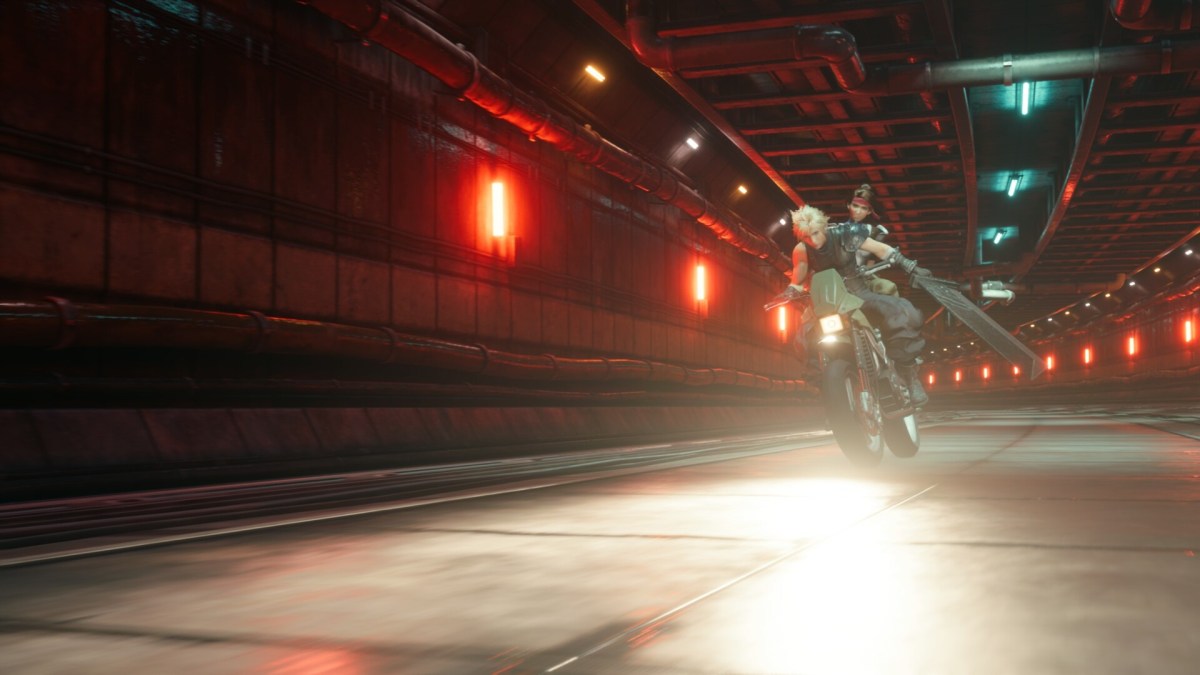


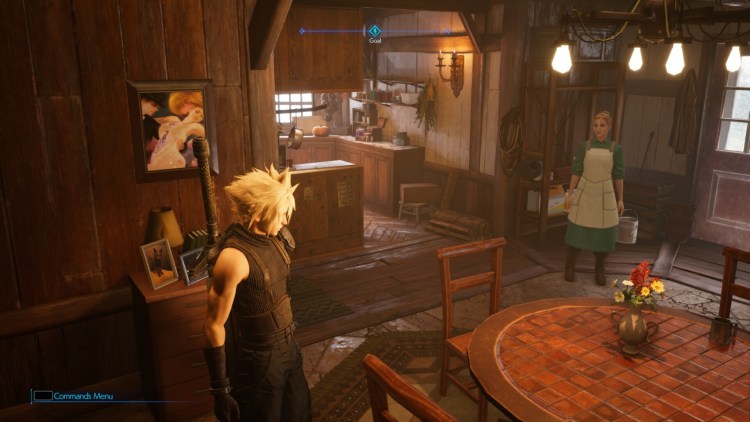
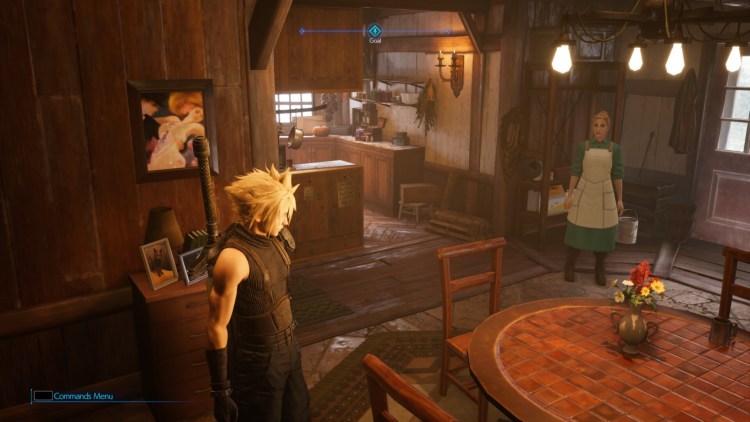
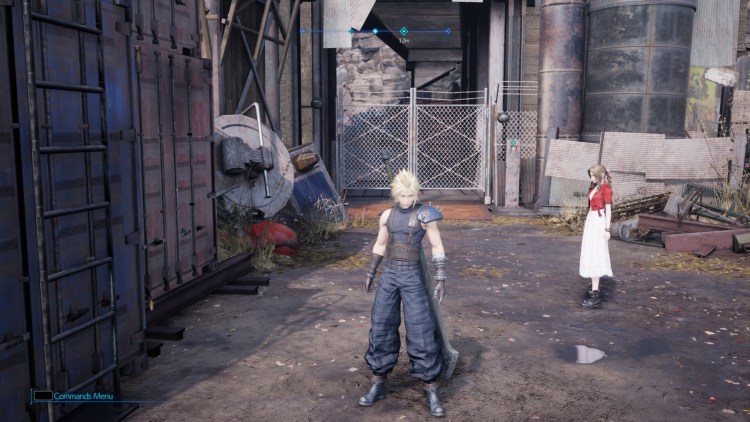
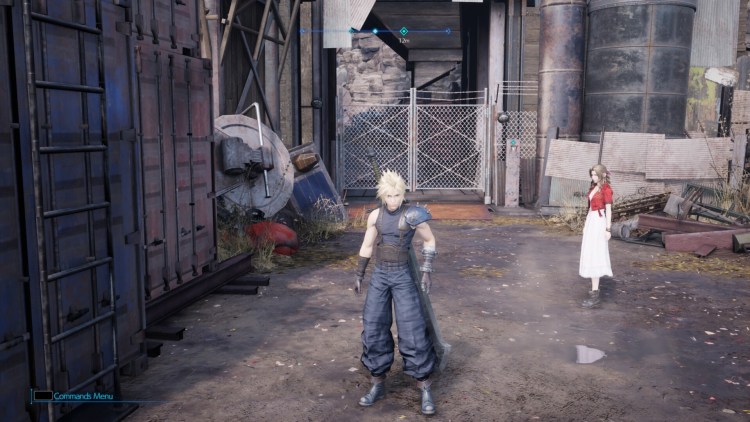


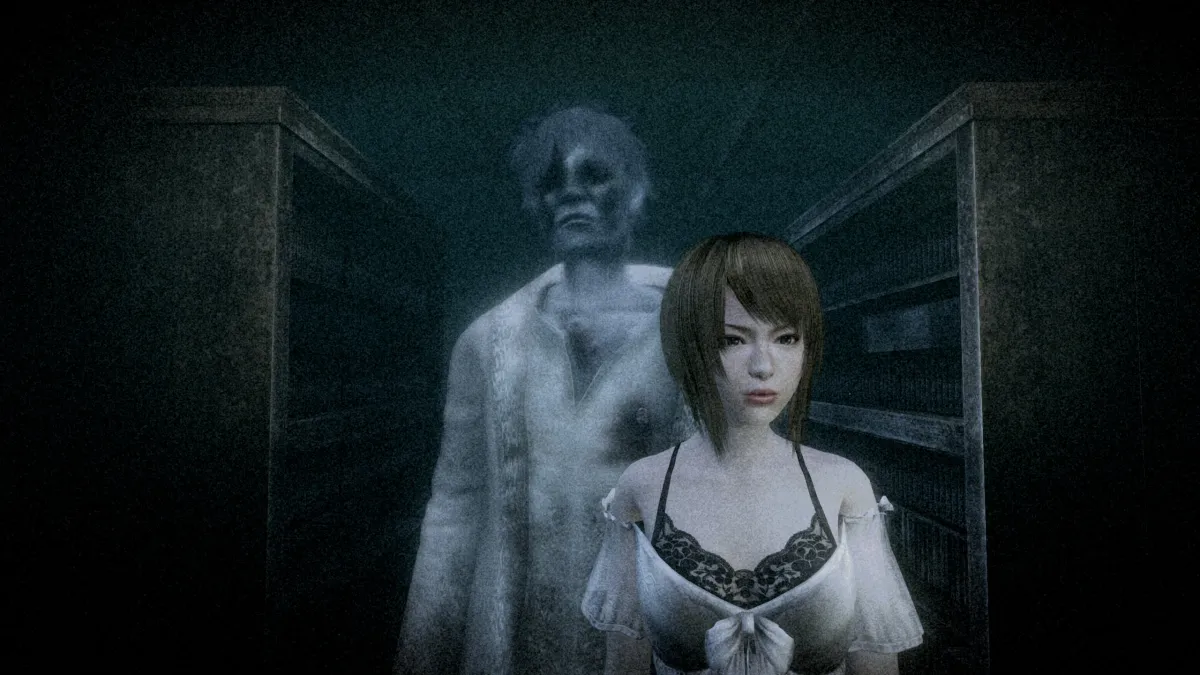
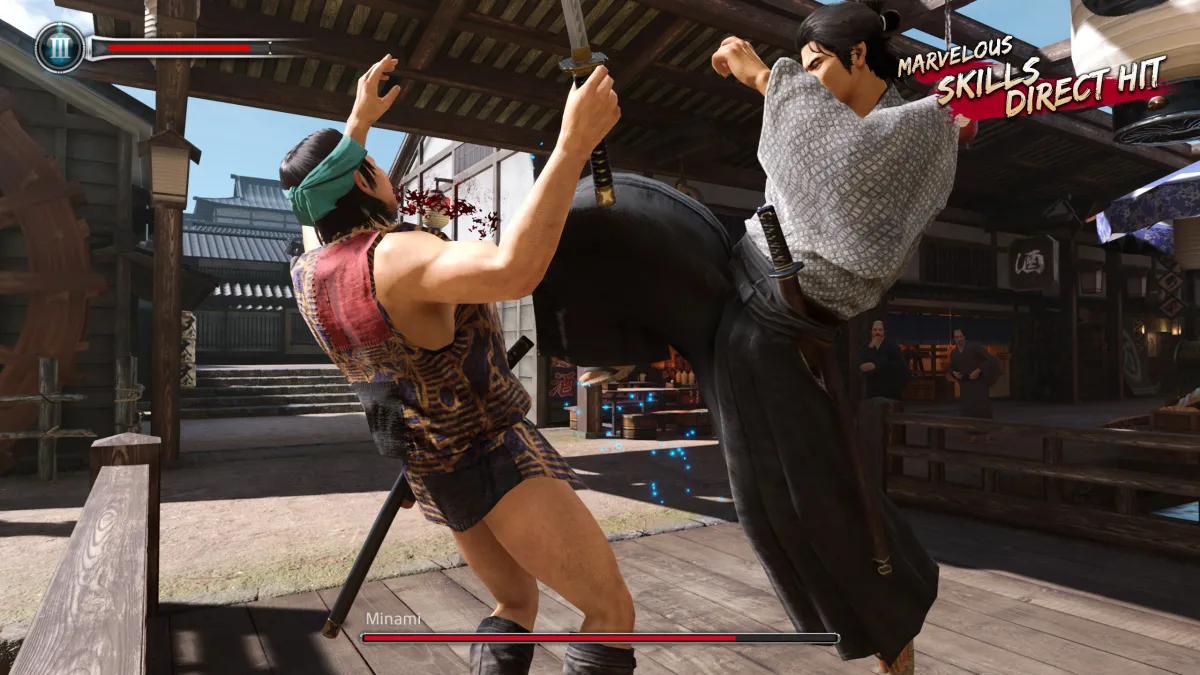
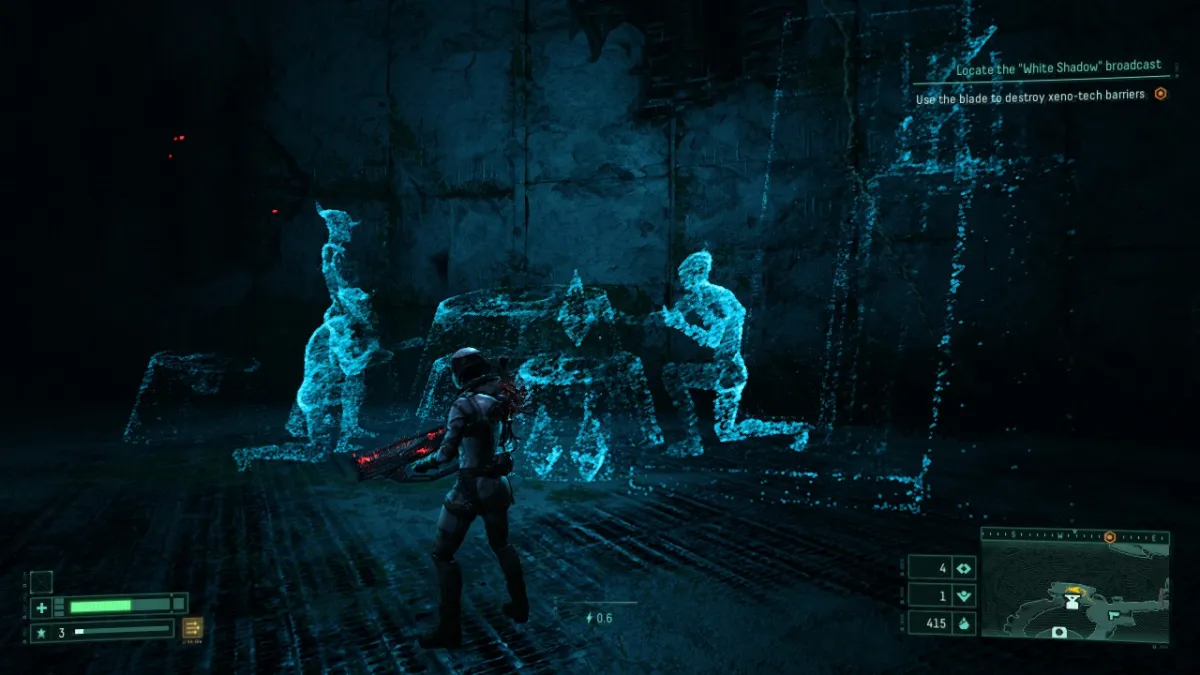

Published: Dec 16, 2021 10:30 am